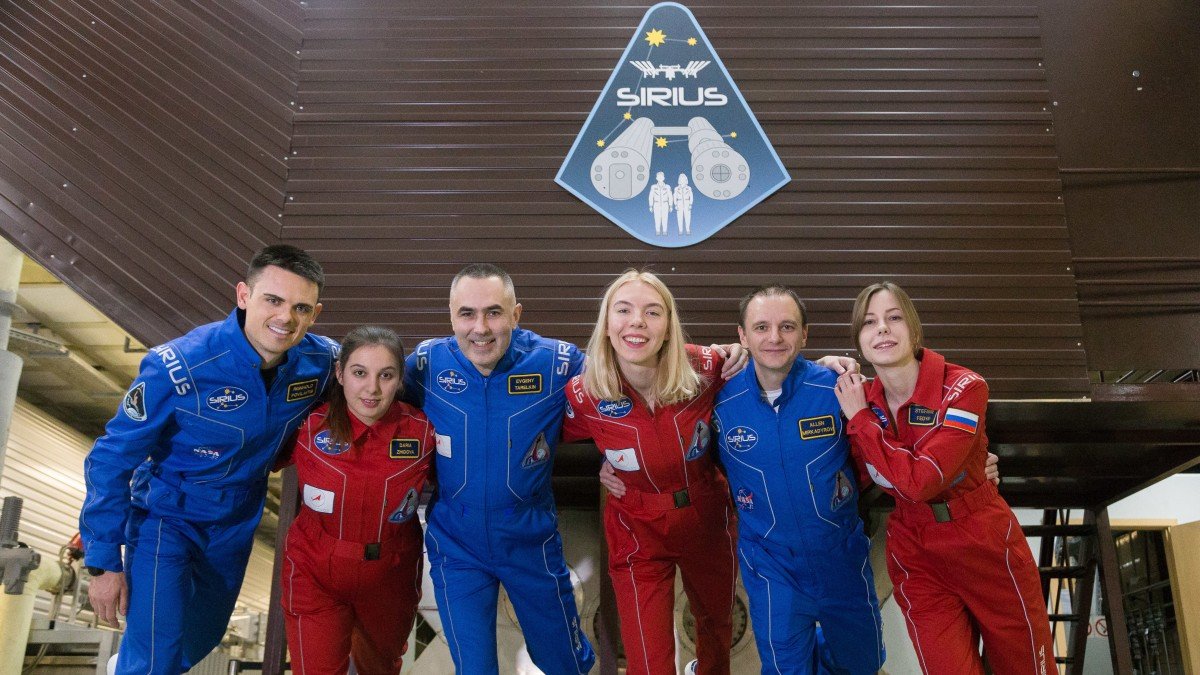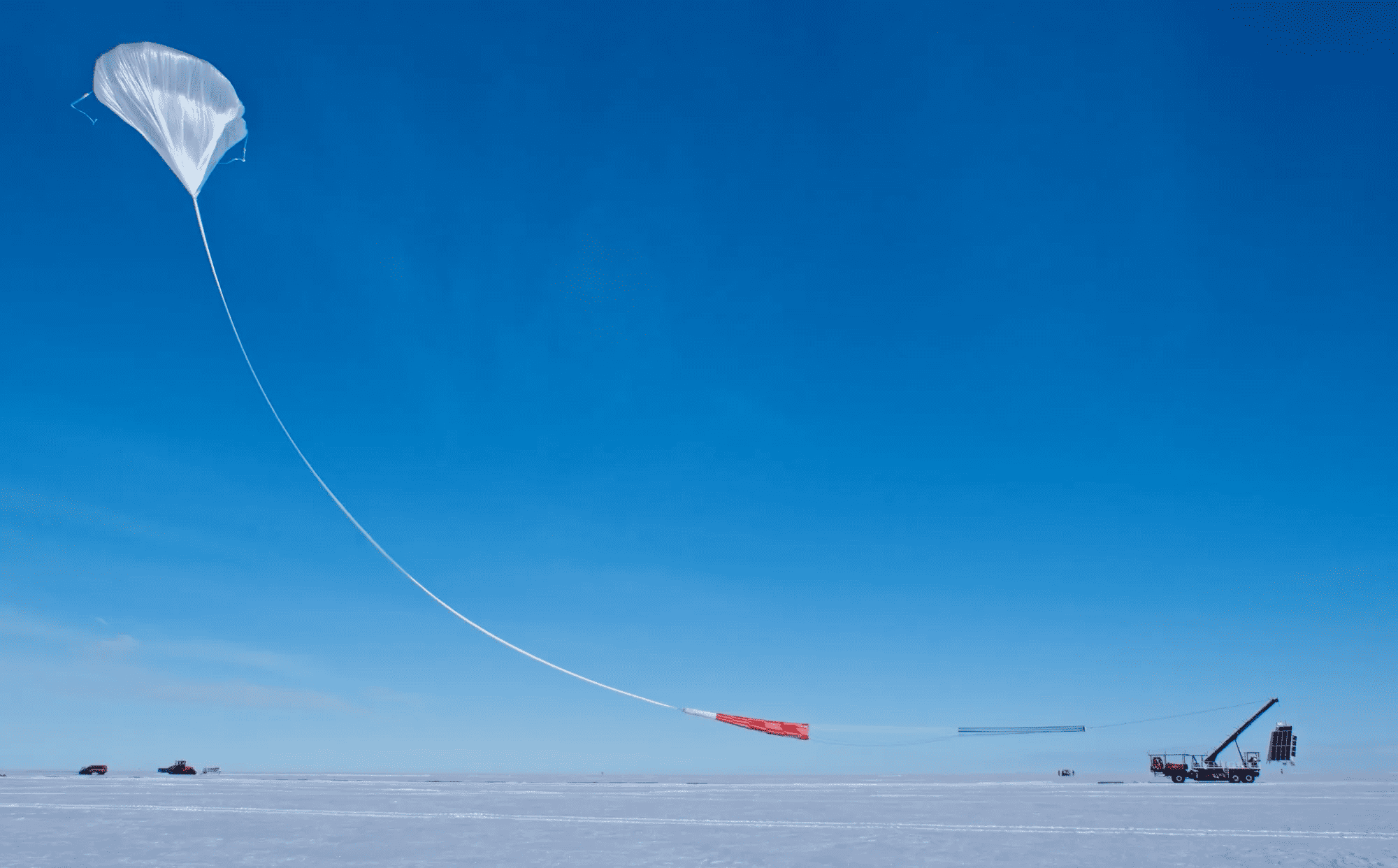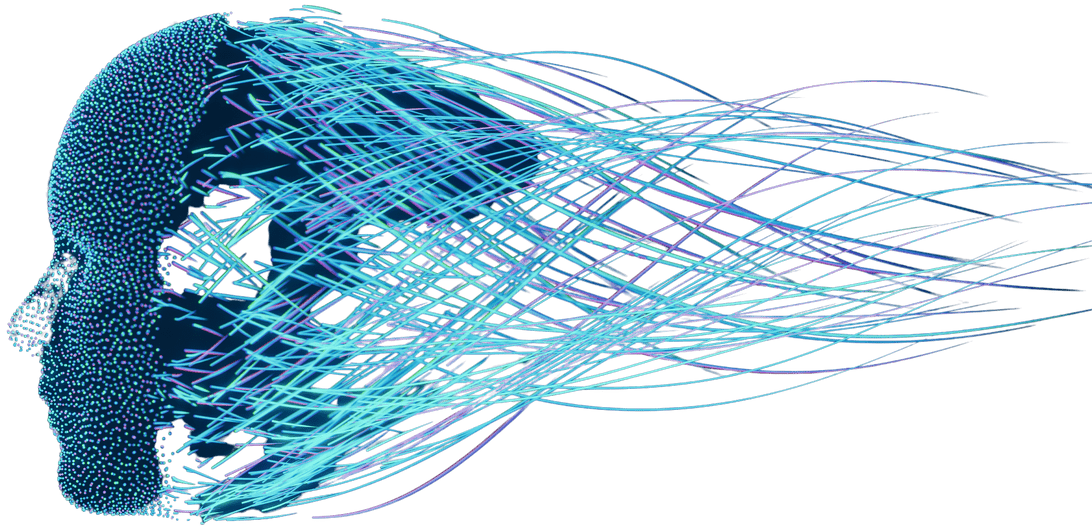
“Sirius-19” is one of the long-term studies with which space agencies around the globe are preparing for longer manned missions to celestial bodies such as the Moon and Mars. It is about the optimal interaction of the crew on long flights. The International Space Station ISS and its predecessors provide a broad knowledge base on long-term missions in weightlessness. However, there is a lack of comparable knowledge about longer stays on foreign worlds. “Sirius-19” is intended to close this gap.
Four months in the simulator – “Sirius19”
“Sirius-19” began on March 19 in Moscow. Three women and three men went on a simulated four-month mission to the Moon in the mission simulator of the Institute of Biomedical Problems. In addition to the German Aerospace Center (Deutsches Zentrum für Luft- und Raumfahrt; DLR), the participants include the Russian space agency Roscosmos, the French space agency CNES (Centre national d’ études spatial) and the US’ space agency NASA. The Moscow Institute for Biomedical Problems is part of the Russian Academy of Sciences. Roscosmos and NASA are in charge of “Sirius-19”.

Illustration: DLR.
In the mission simulator, the crew works completely isolated from the outside world. The simulator is a multi-part complex. It contains a module with a piece of simulated lunar surface. Other modules serve as working and accommodation modules of a space station in lunar orbit. Another compartment serves as the simulator for a spacecraft and a lunar lander. First, the “Sirius-19” crew will fly to the lunar orbit space station. It will then carry out experiments there. Every thirty days a space transporter with supplies will arrive. In addition, four astronauts will take the lunar lander on a trip to the simulated lunar surface and collect samples there. An excursion with a rover is also on the programme.
“Sirius-19” has a mixed-sex crew
The space agencies in Europe, Russia and the USA have been more interested in manned flights for some time now. However, the US moon missions only lasted a few days, so they can hardly serve as a useful blueprint. “But before any meaningful research can be carried out here, crews must be trained to successfully complete such a mission. For this they must – as in “Sirius-19″ – be able to live for a long time in a mixture of psychological stress due to total isolation and high pressure to perform. Only in this way can we learn more about the interplay of body and mind in isolation,” says Dr Christian Rogon, the DLR project manager in charge.

Another new feature of the “Sirius-19” experiment is that a mixed-sex crew is carrying out the simulated mission. The Russian commander Yevgeny Tarelkin is joined by the Americans Reinhold Povilaitis and Allen Mirkadyrov and by Daria Zhidova, Anastasia Stepanova and Stephania Fedeye from Russia. Studies similar to the “Mars500” experiment of 2011 were carried out with purely male crews. The “Sirius-19” experiment will also look at how a mixed-sex crew behaves in isolation and under high-performance pressure.
During the “Sirius 19” simulation, the astronauts do real research, however. They carry out over 70 experiments covering many aspects of future space flights.







